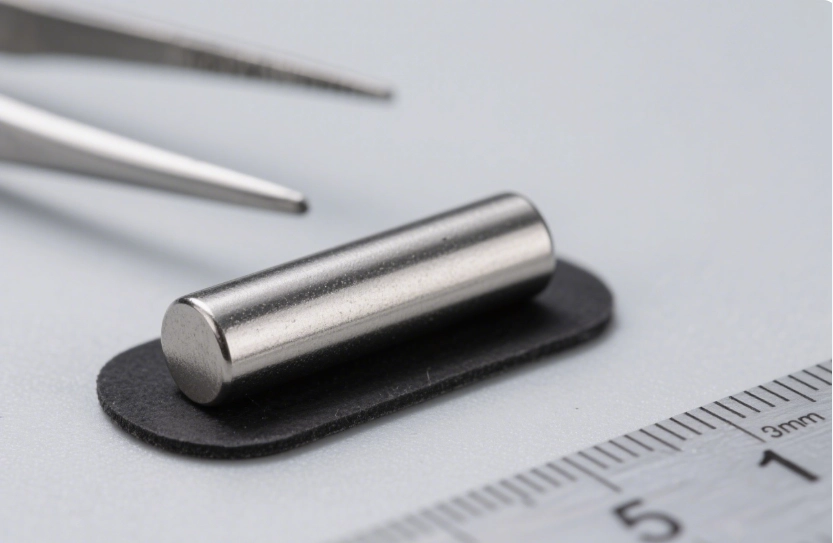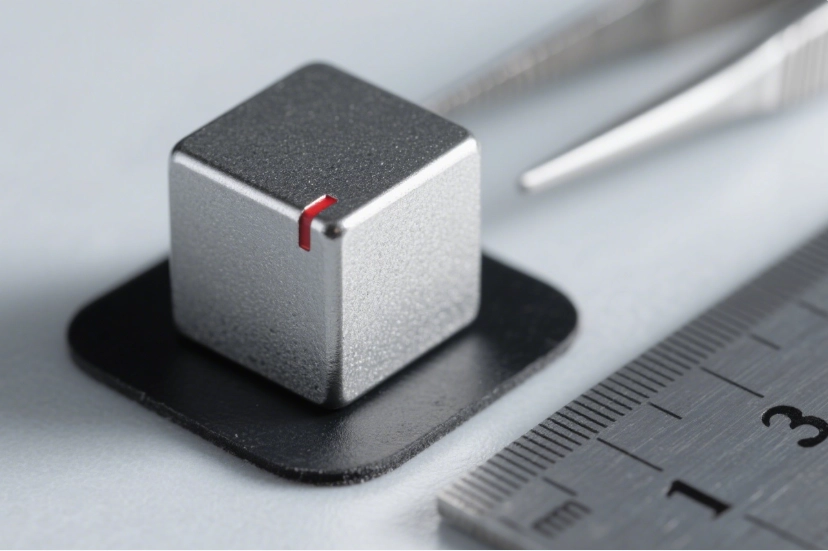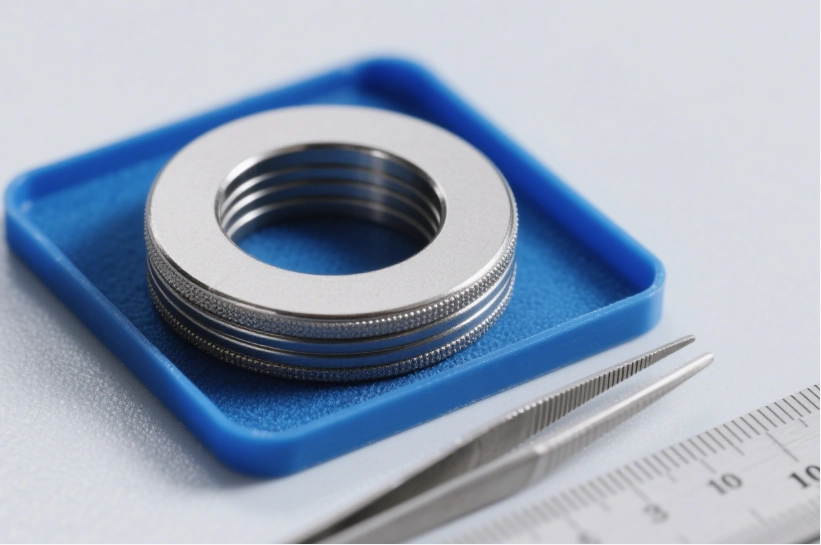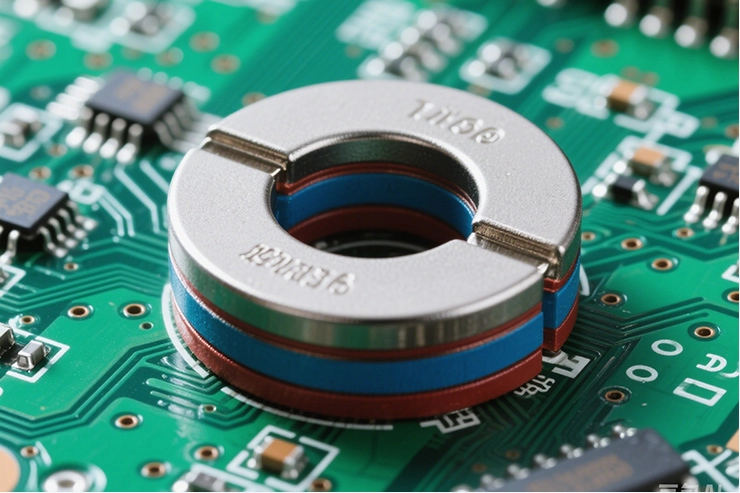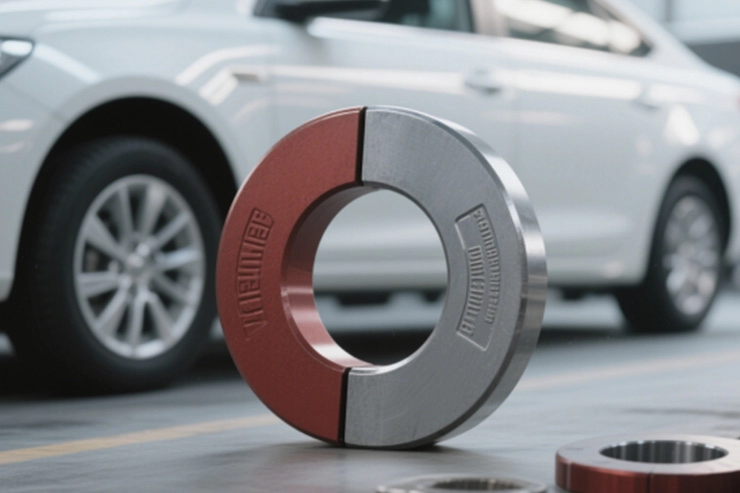
Overview
Product Specifications
Material Composition:
Primary Elements: Aluminum (8–12%), Nickel (15–26%), Cobalt (5–24%), Copper (3–6%), Iron (balance)
Magnetic Properties:
Residual Induction (Br): 0.5–1.2 T (5,000–12,000 Gauss)
Coercivity (Hc): 30–60 kA/m (lower than rare-earth magnets)
Energy Product (BH)max: 1.1–9 MGOe (9–72 kJ/m³)
Temperature Performance:
Operating Range: -65°C to 550°C (Curie temp: 760–890°C)
Reversible Temp Coefficient (αBr): -0.02%/°C
Physical Properties:
Density: 6.9–7.3 g/cm³; Hardness: 520–630 HV (brittle)
Product Grades
Sintered Alnico magnets are classified by magnetic orientation and performance:
Isotropic Grades: Uniform magnetization (e.g., Alnico 3), lower Br but easier to machine
Anisotropic Grades: Directional magnetization (e.g., Alnico 5/8), higher Br (1.1–1.2 T) for precision applications like sensors and relays
Coatings
While inherently corrosion-resistant, optional coatings include:
None: Standard due to oxidation resistance
Nickel (Ni): For solderability in electronics (e.g., PCB-mounted sensors)
Epoxy: Mechanical protection in industrial environments
Applications
Sintered Alnico magnets are used in:
Electronics: Micro-motors, relays, and magnetic switches (small size tolerance <1 oz)
Automotive: Fuel level sensors, speedometers (stable output under heat)
Industrial: Magnetic separators, holding devices (corrosion-resistant)
Consumer Audio: Guitar pickups (high acoustic clarity)
Packaging Information
Standard: Anti-static foam or plastic wraps, packed in cartons with spacers to prevent attraction damage
Bulk Orders: Palletized with moisture barriers; magnetic shielding for air freight
FAQs
How do sintered Alnico magnets compare to cast Alnico?
Sintered variants have slightly lower Br but better mechanical strength and precision for small parts
Can they be machined?
Yes, but only with diamond tools or EDM due to brittleness
Why choose sintered Alnico over NdFeB?
Superior temperature stability (NdFeB degrades above 150°C) and no coating needs
Are custom shapes available?
Yes, complex geometries like rings or rods can be sintered (e.g., Alnico 5 rods for sensors)
Cost drivers?
Cobalt content and sintering process increase costs (~$20–50/kg)

